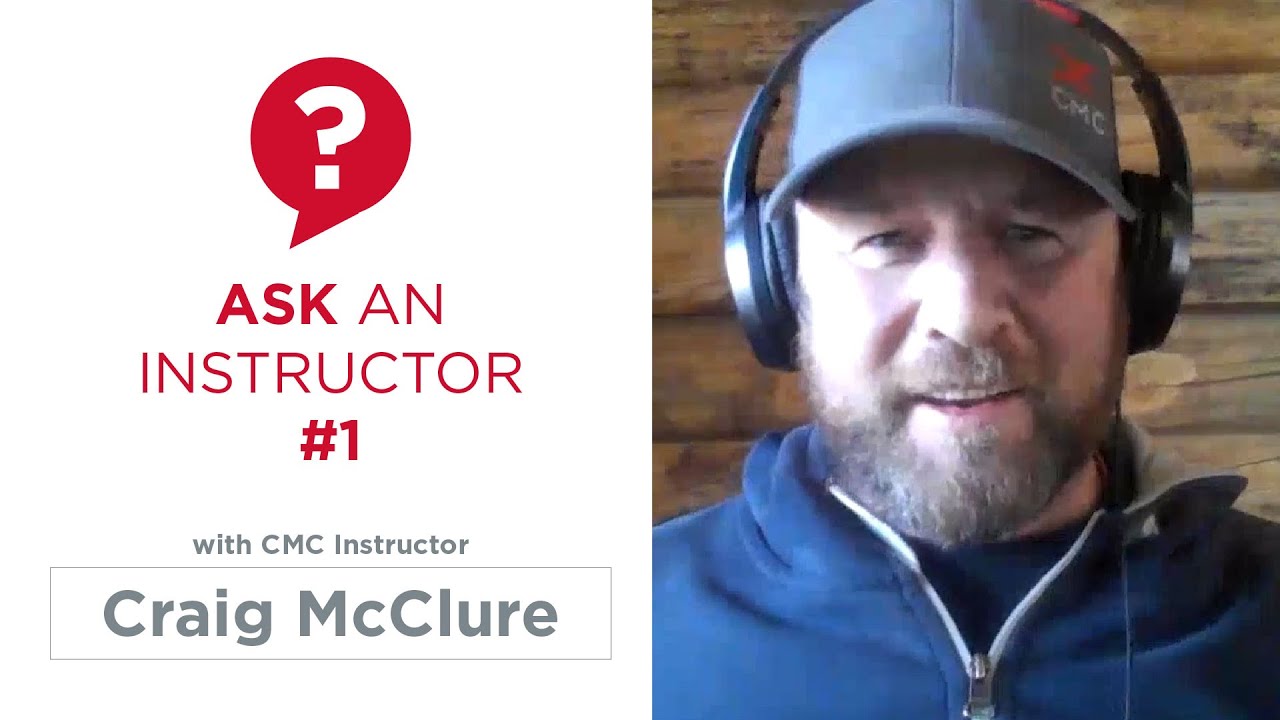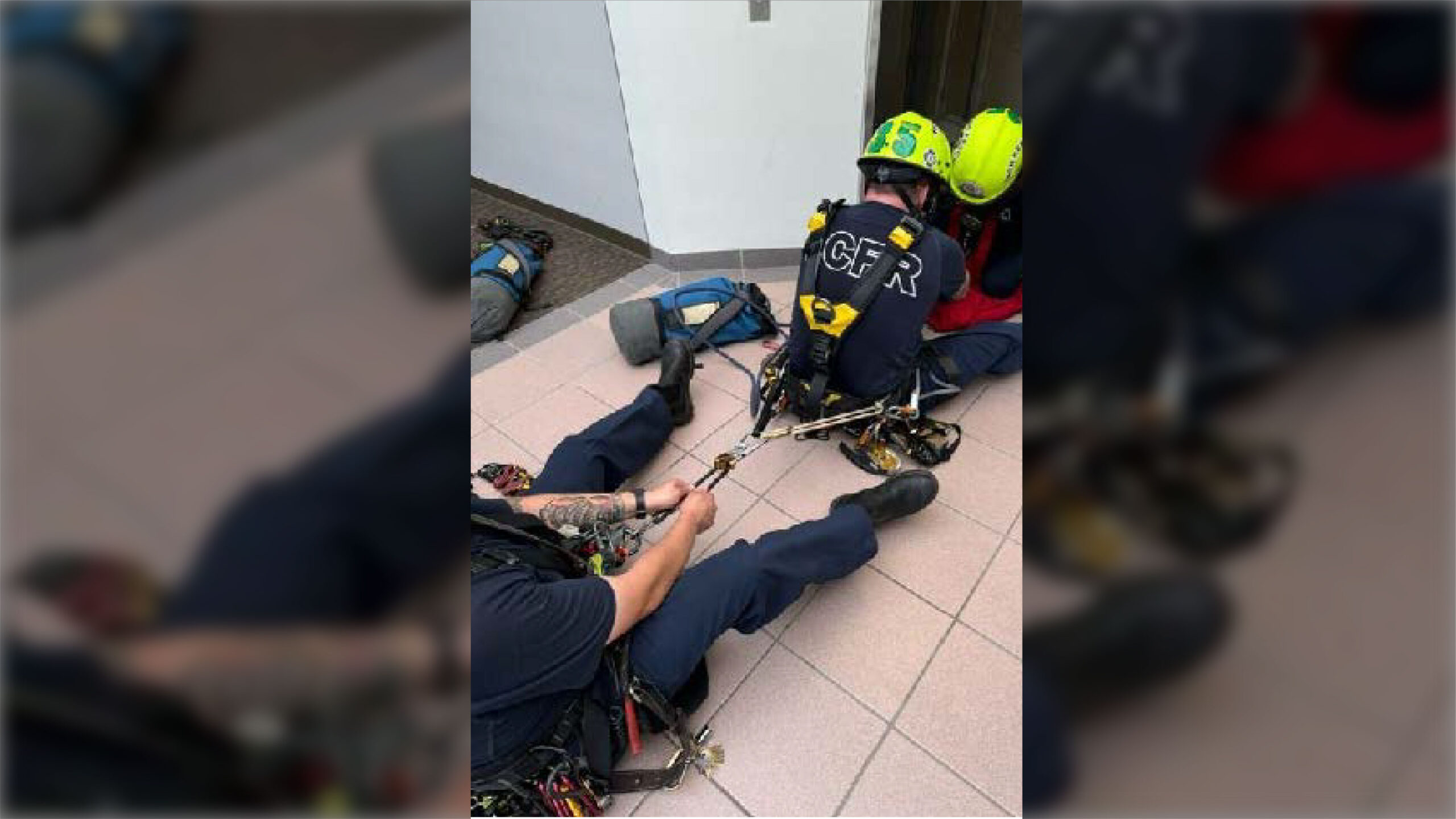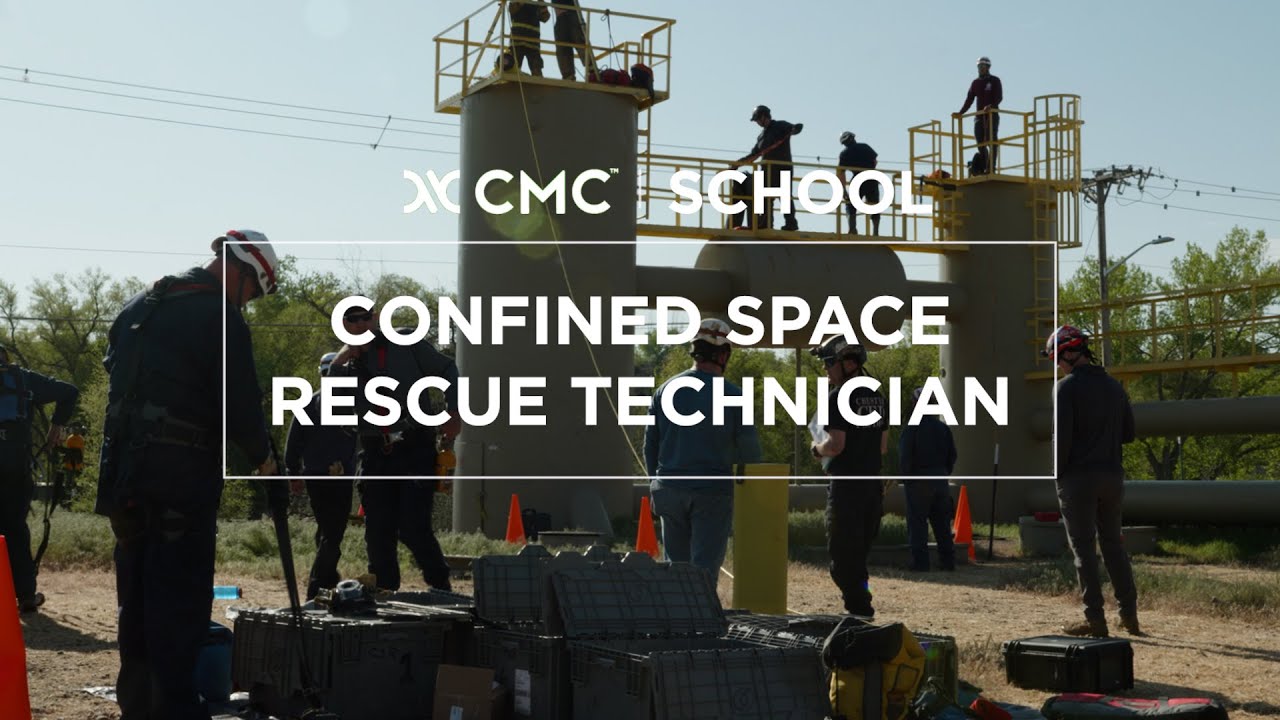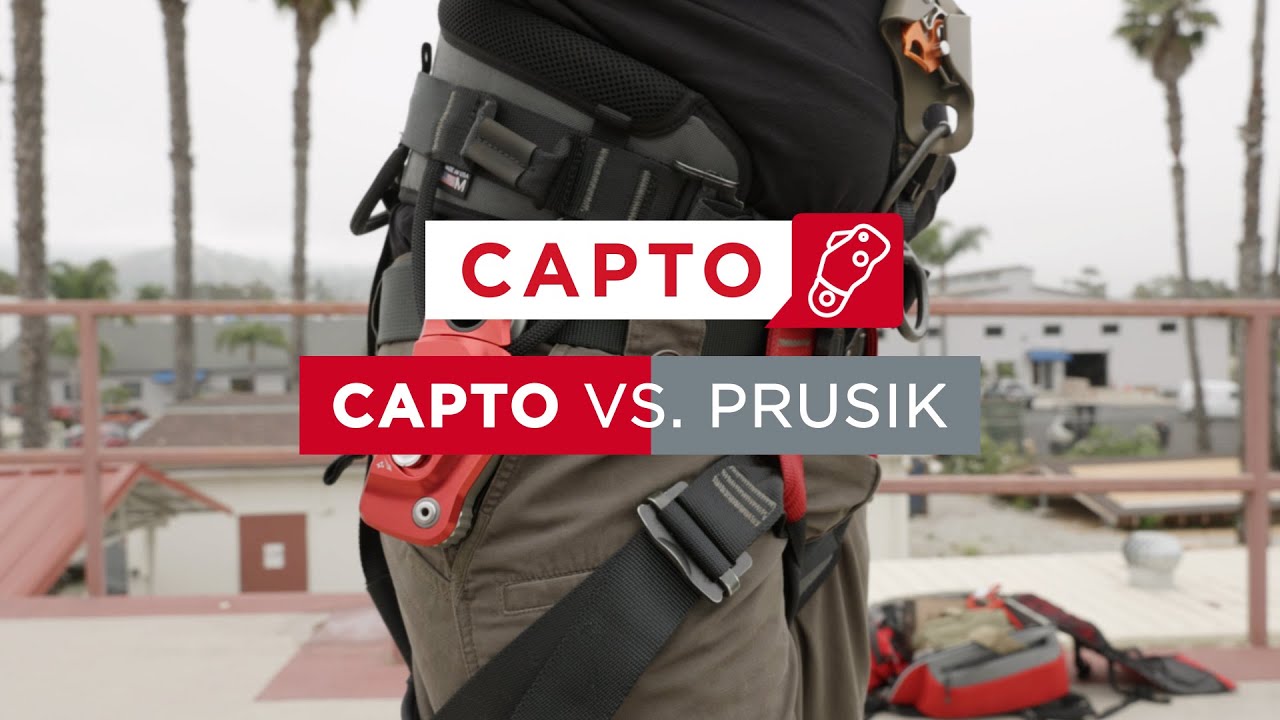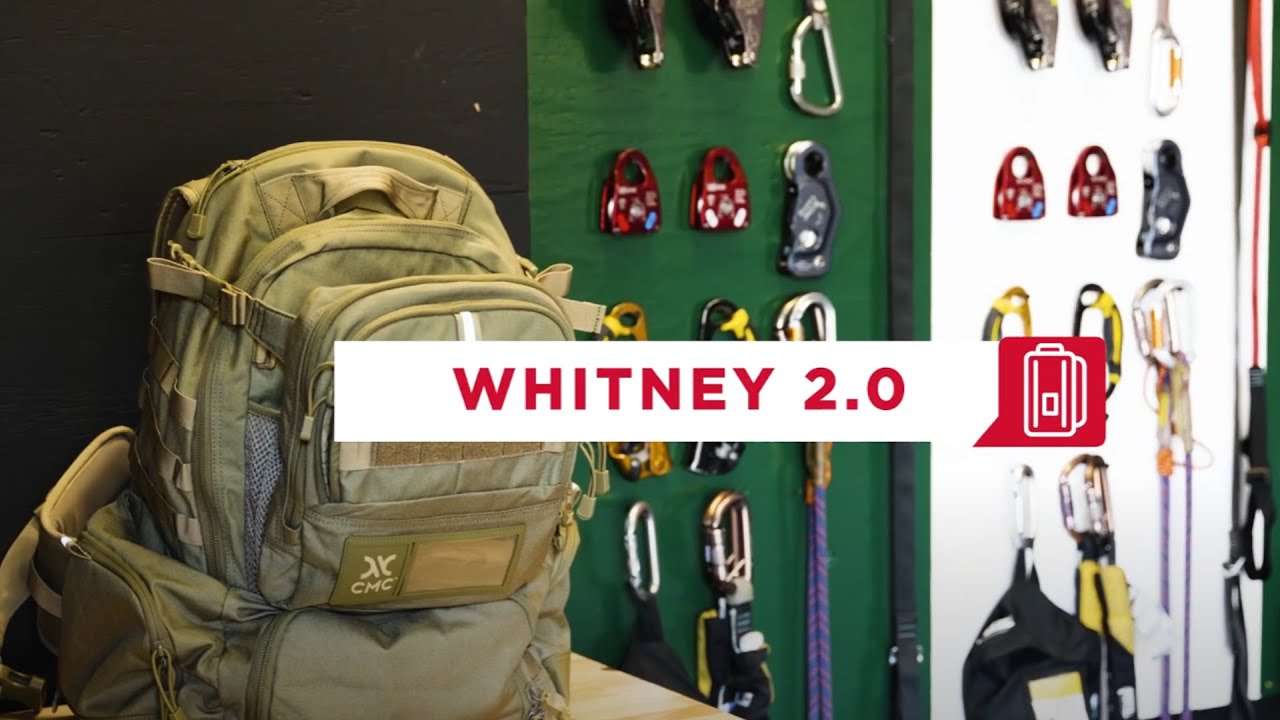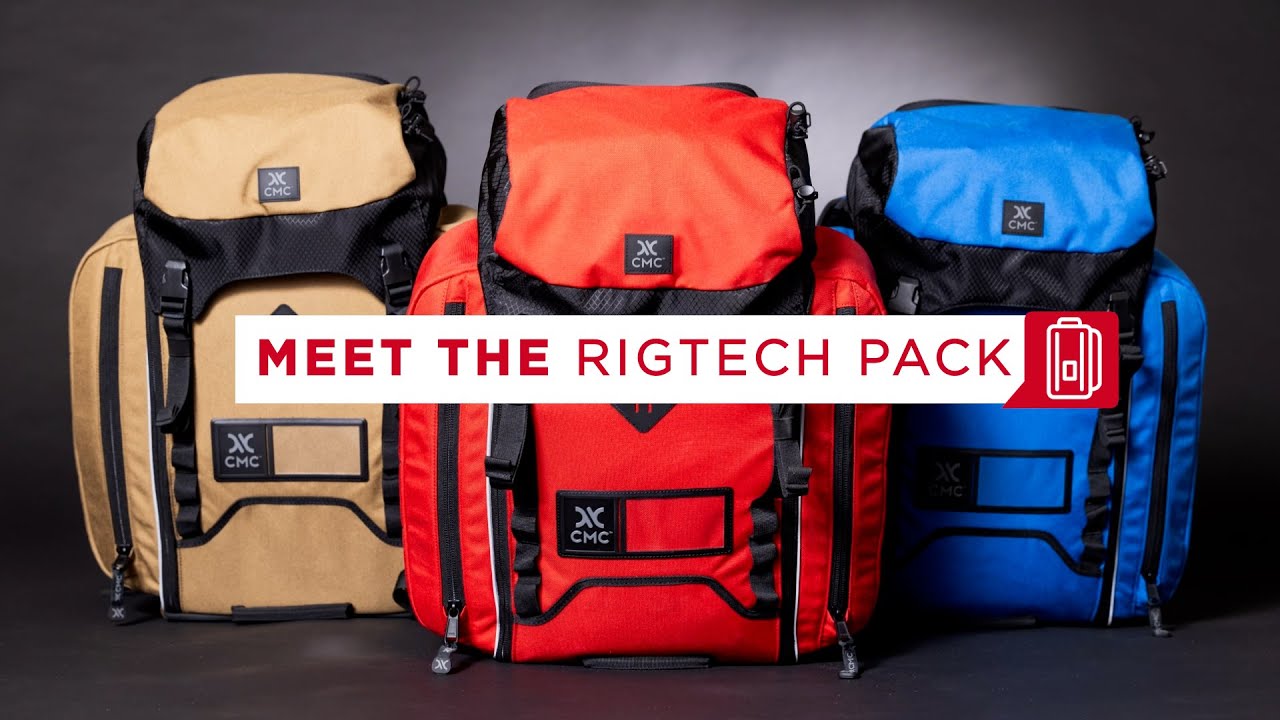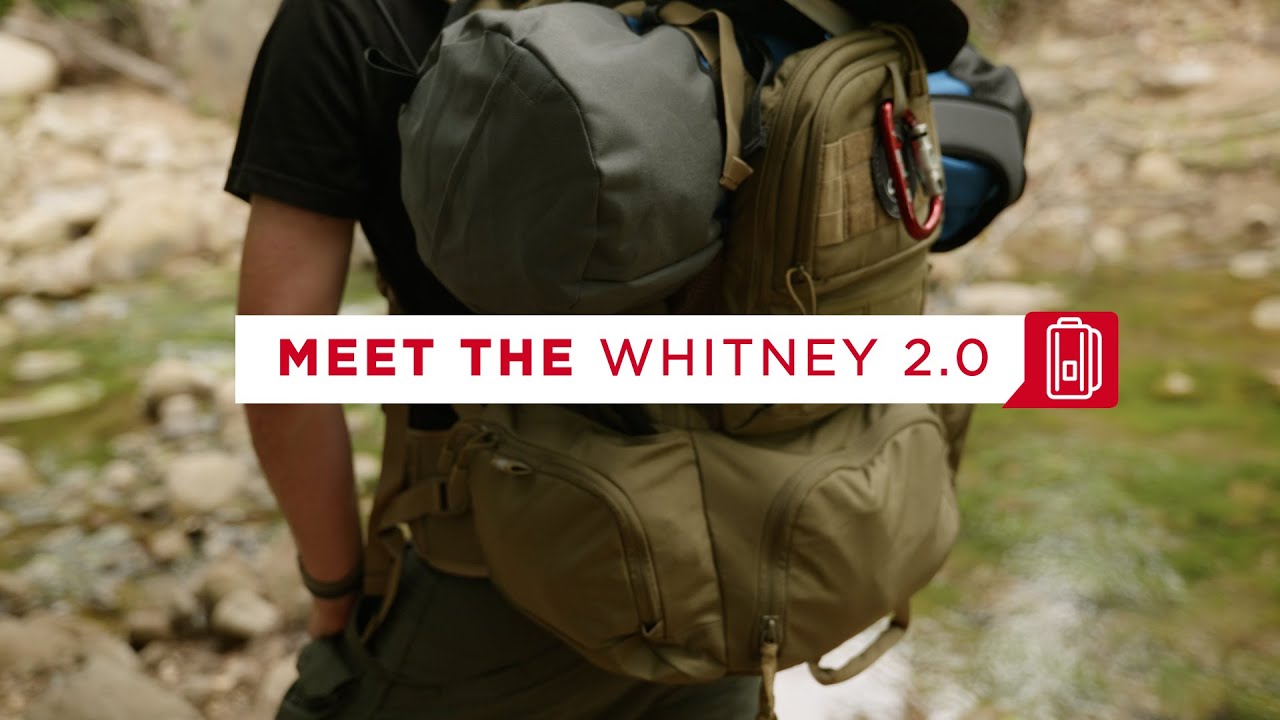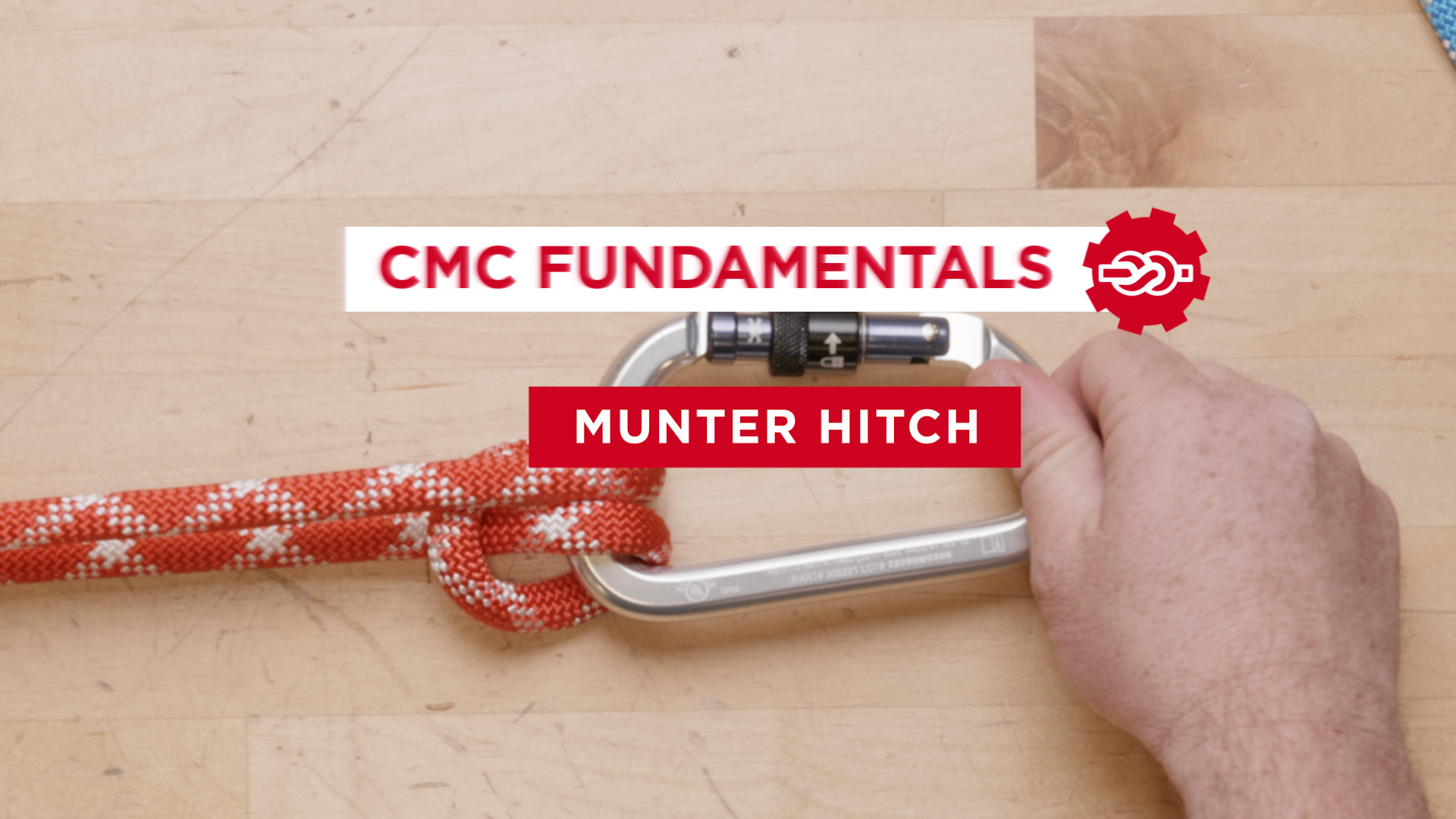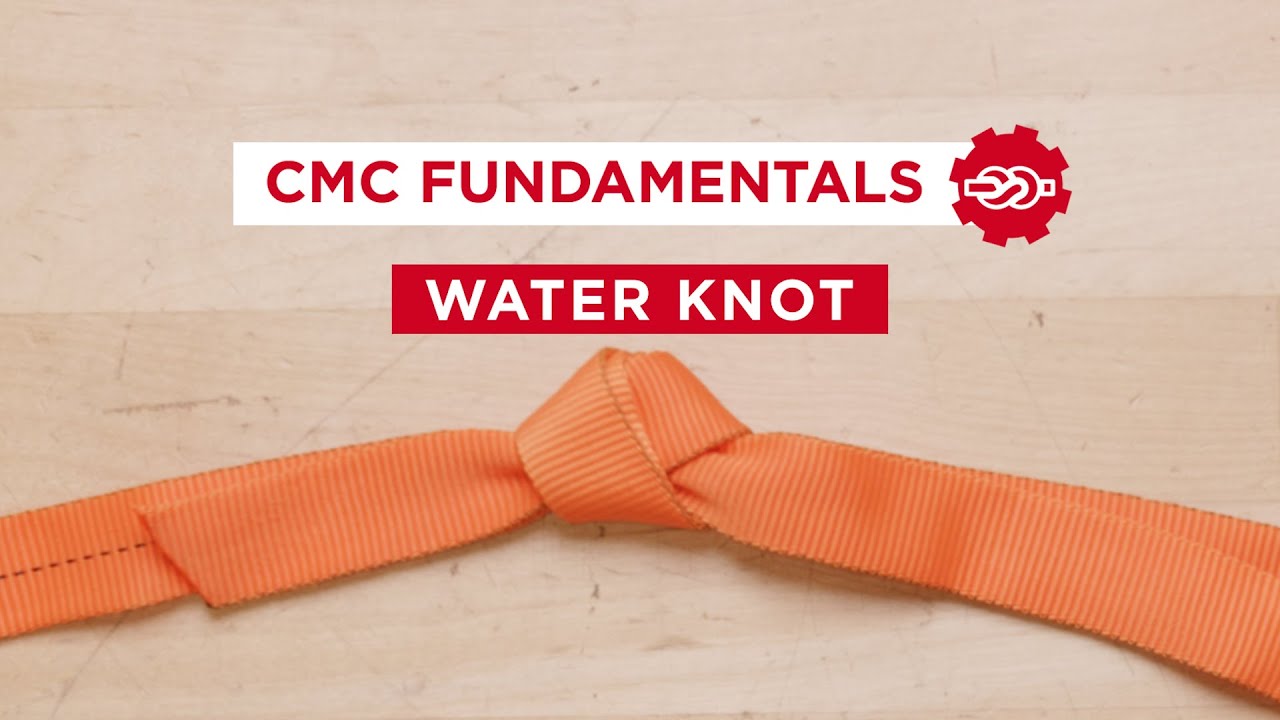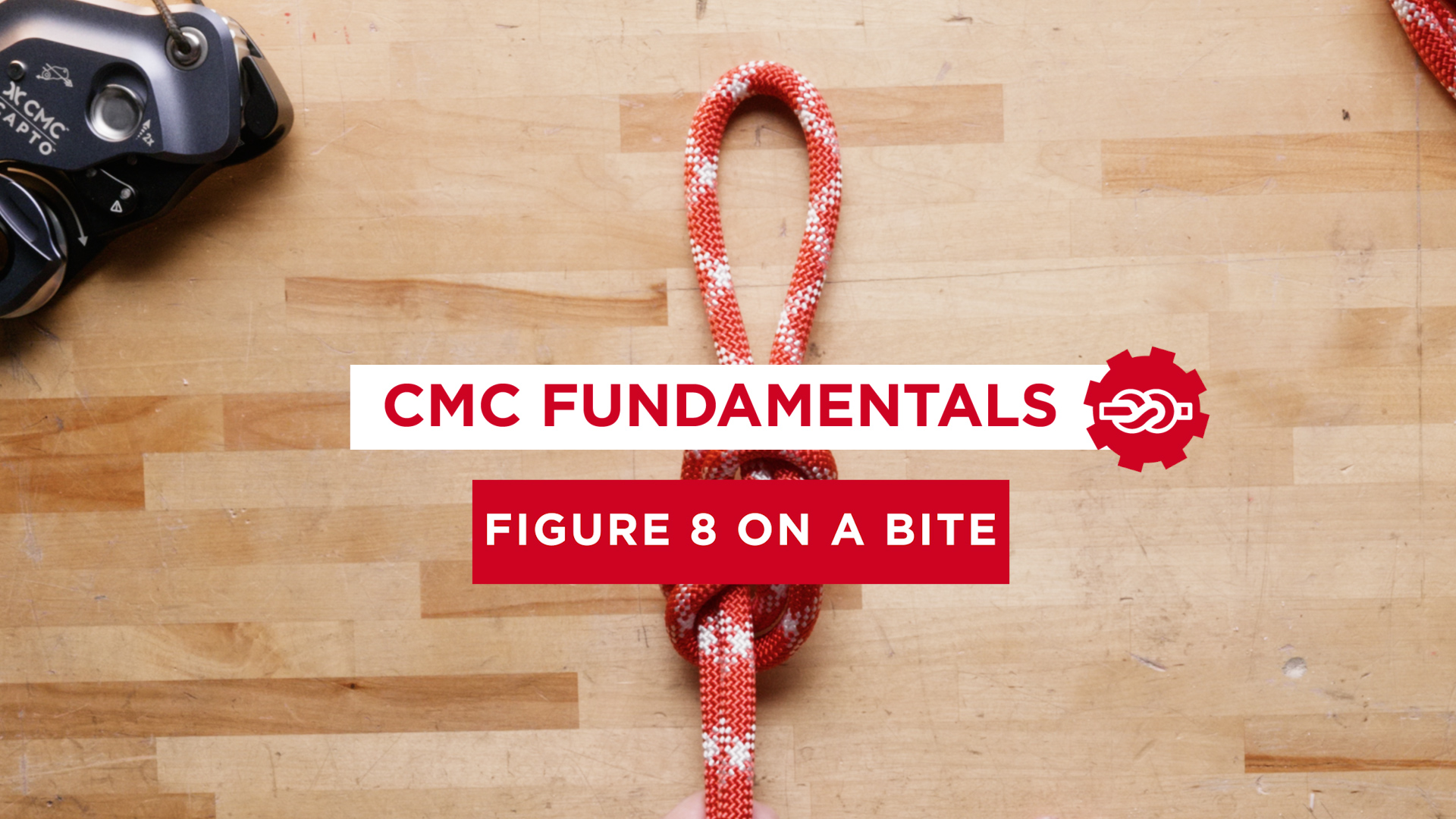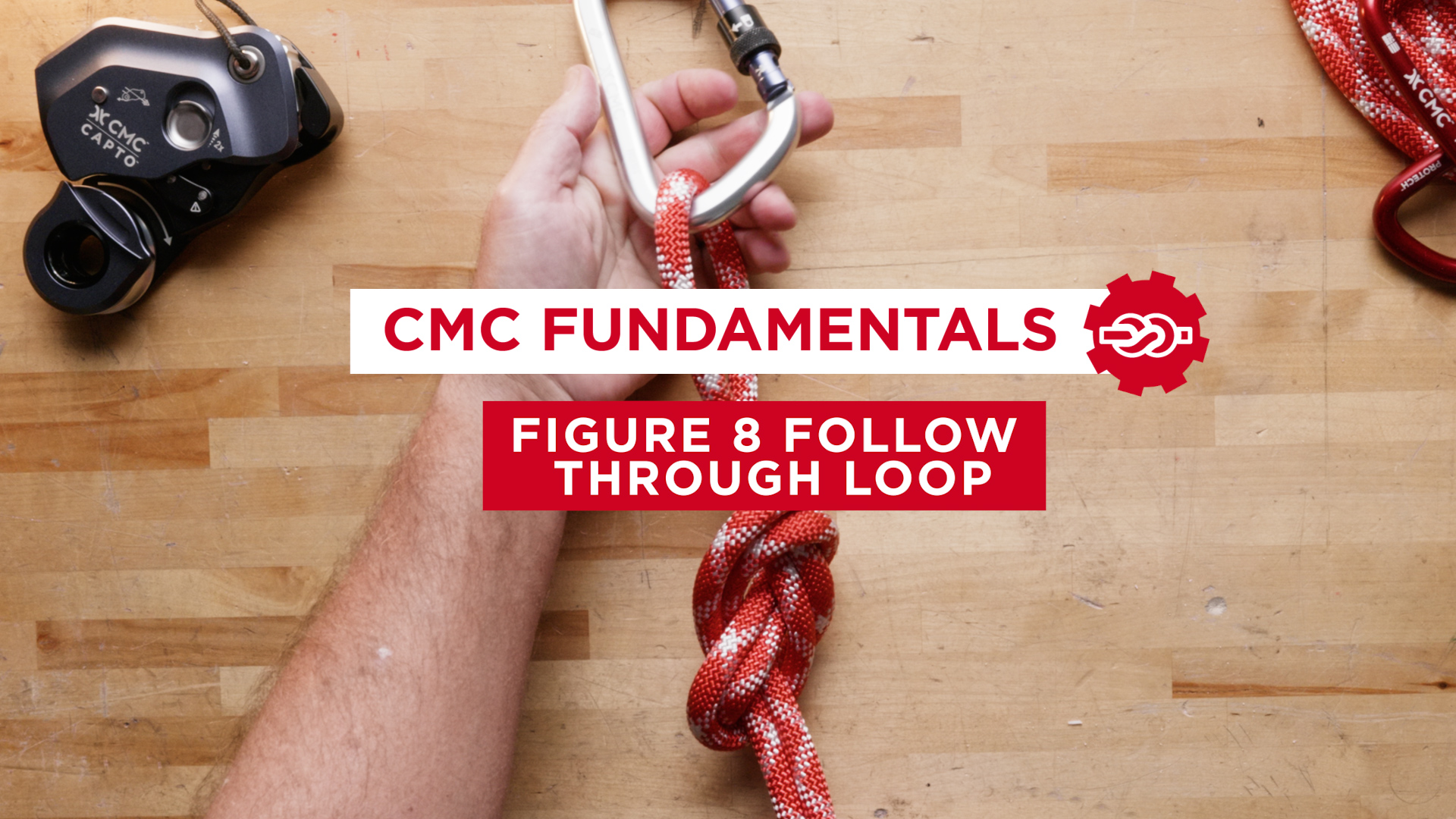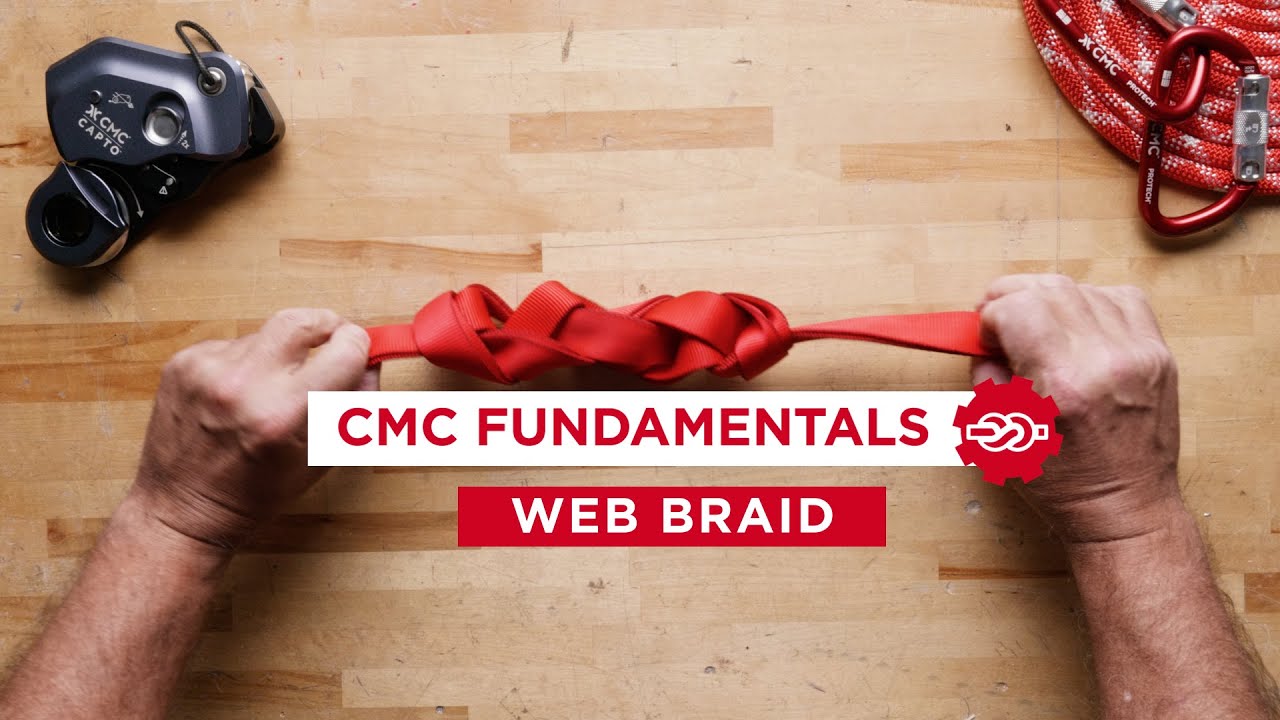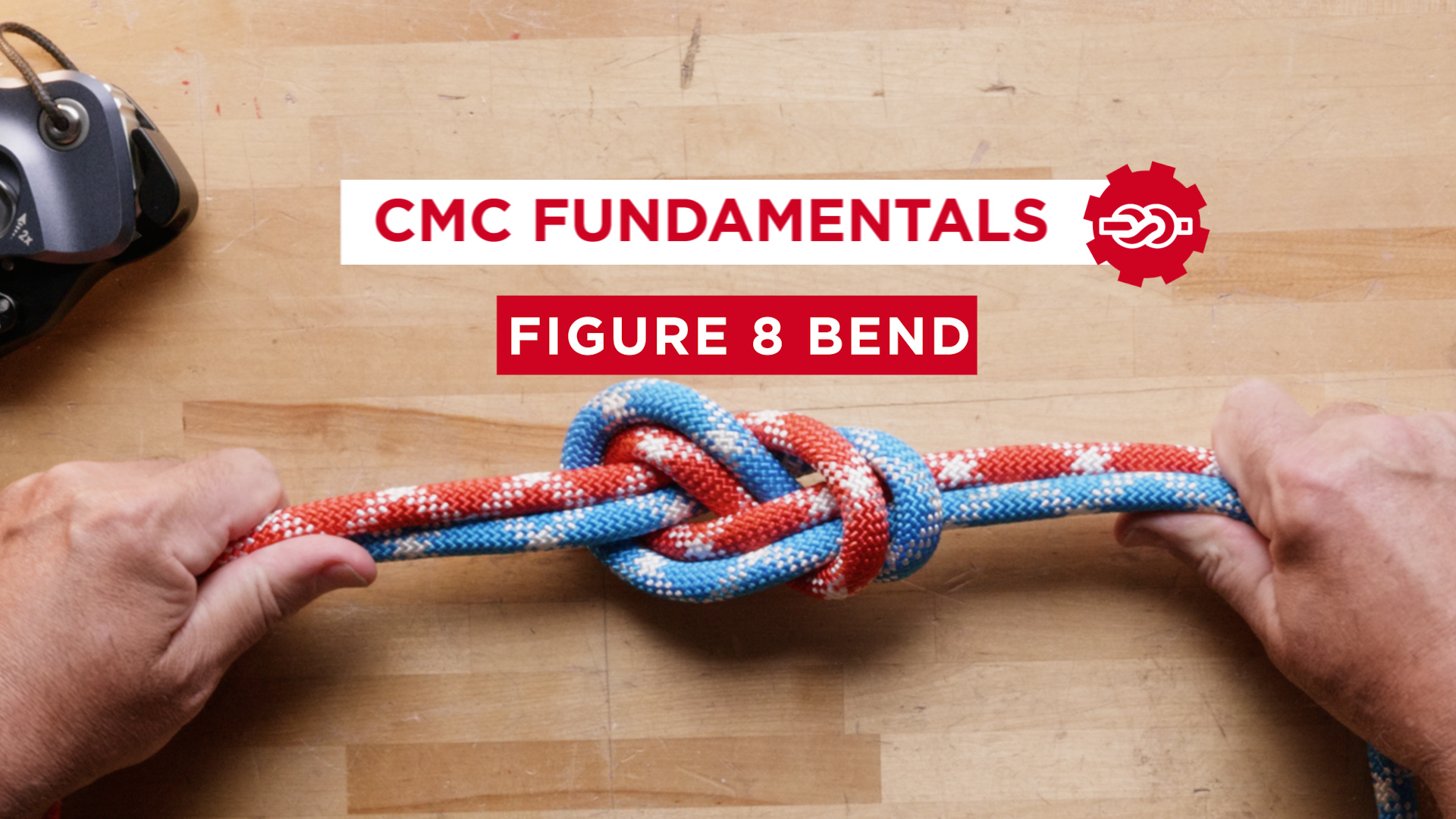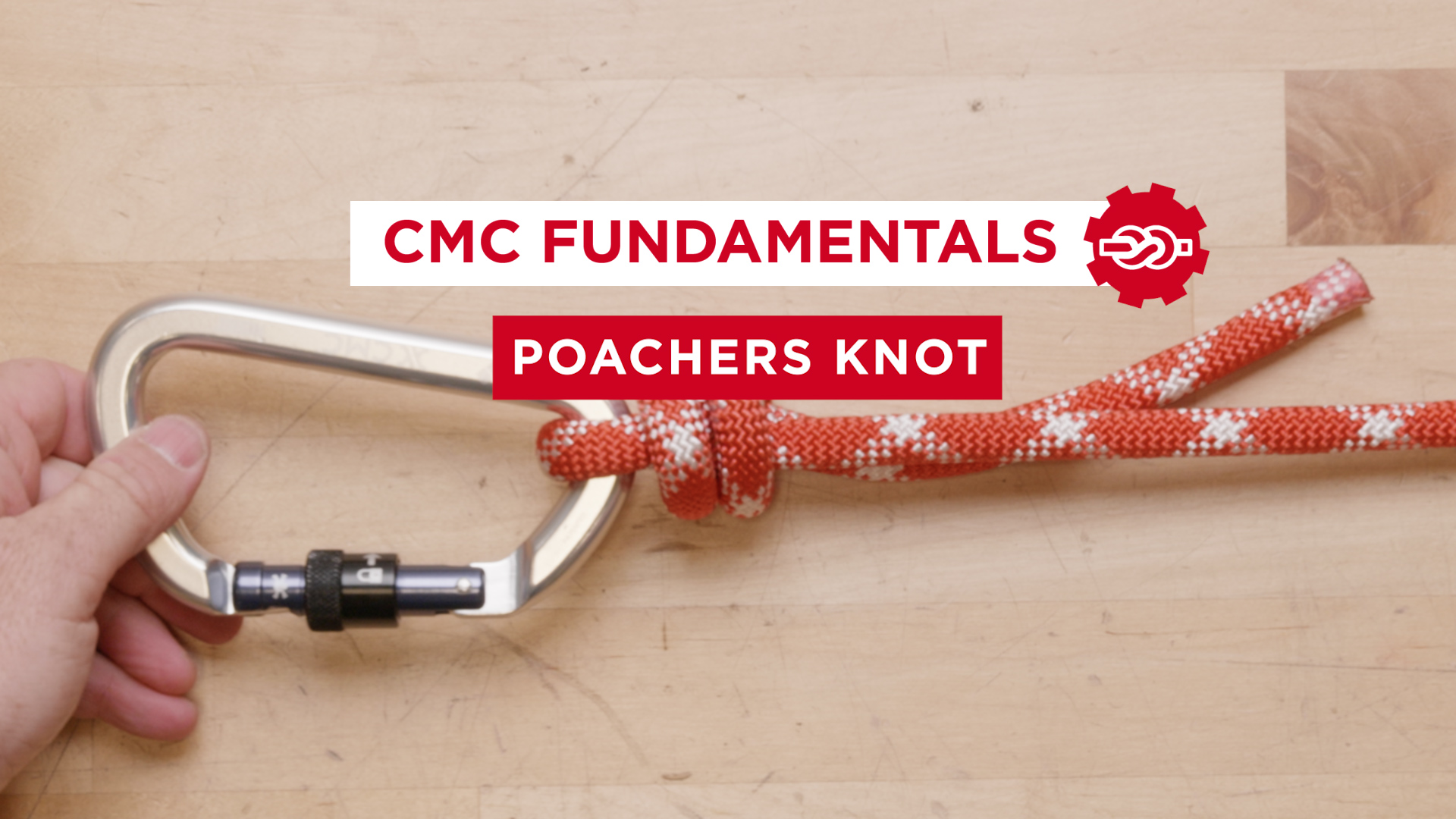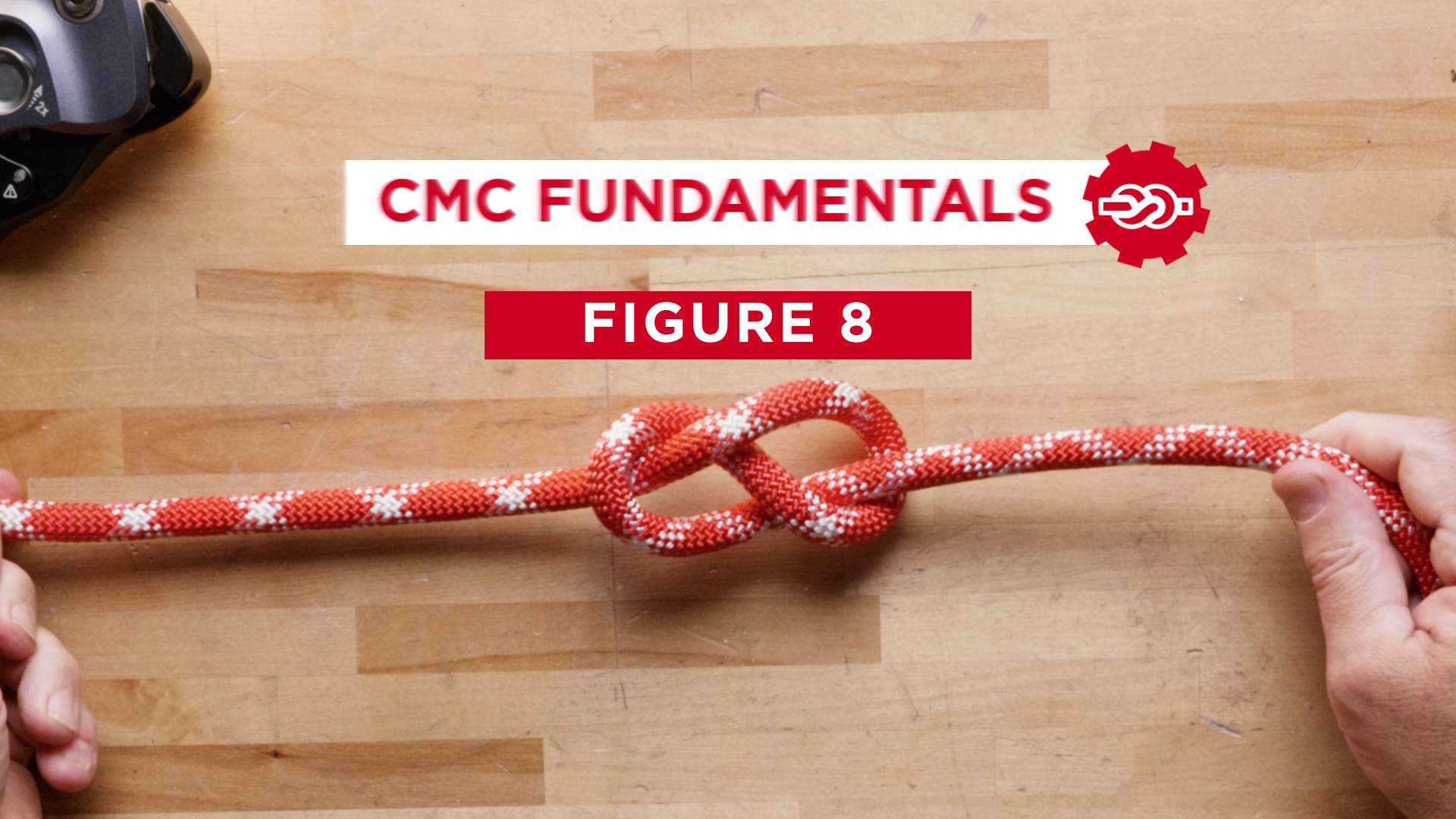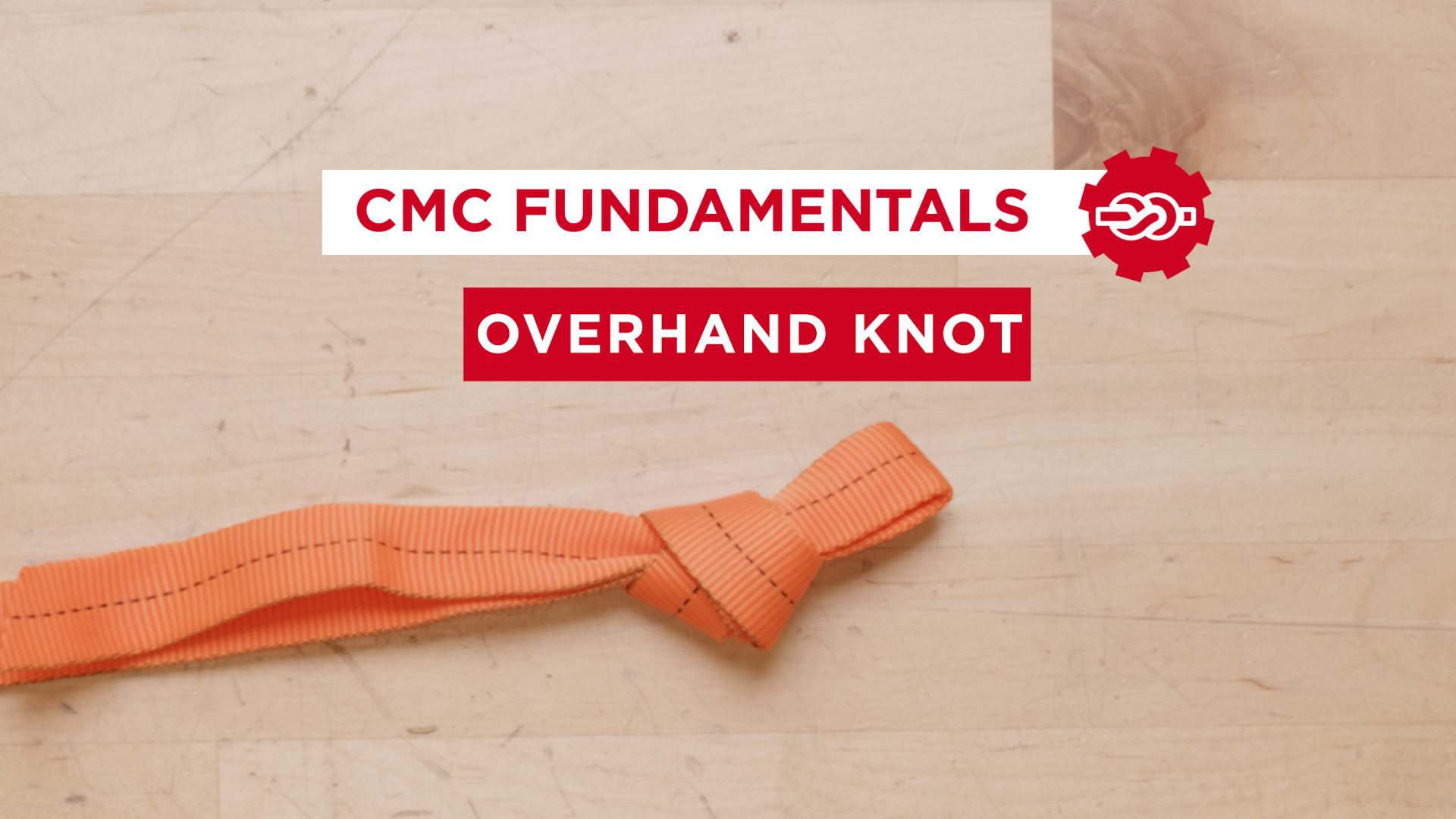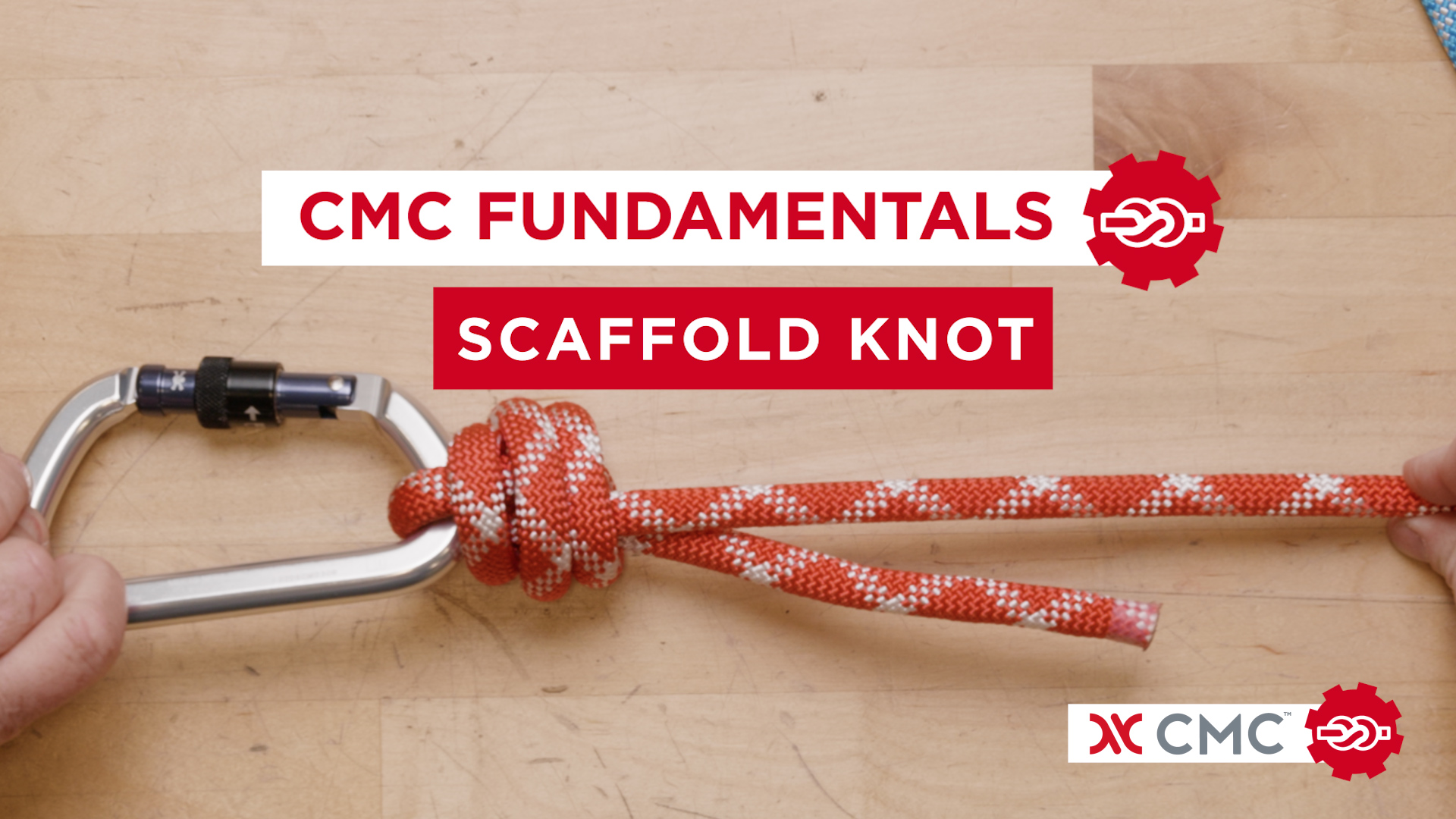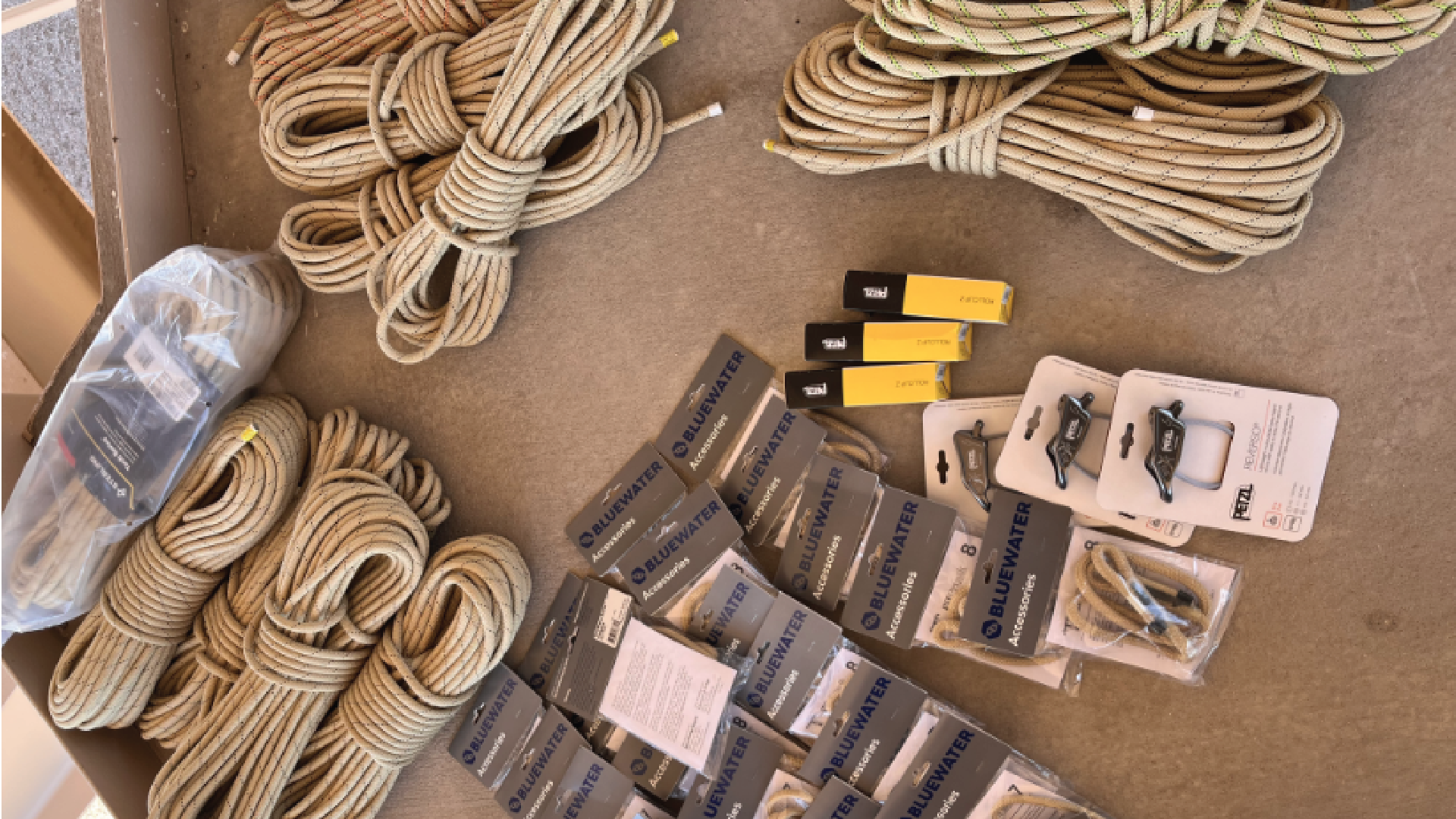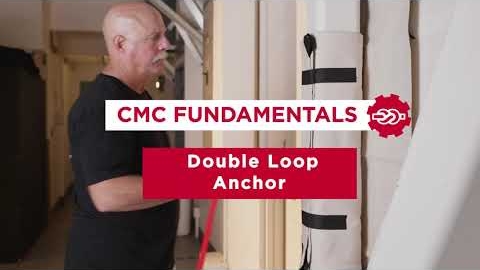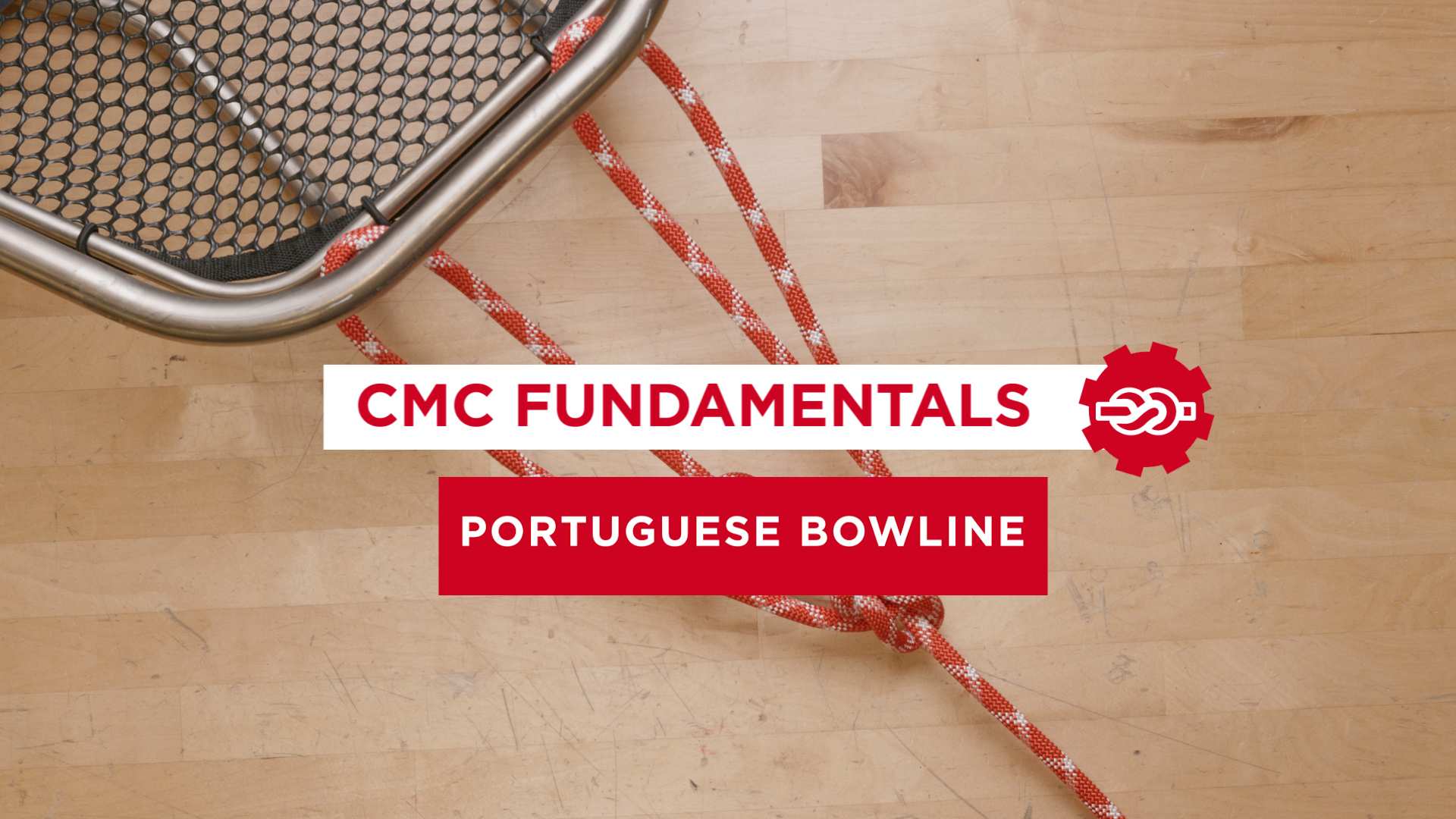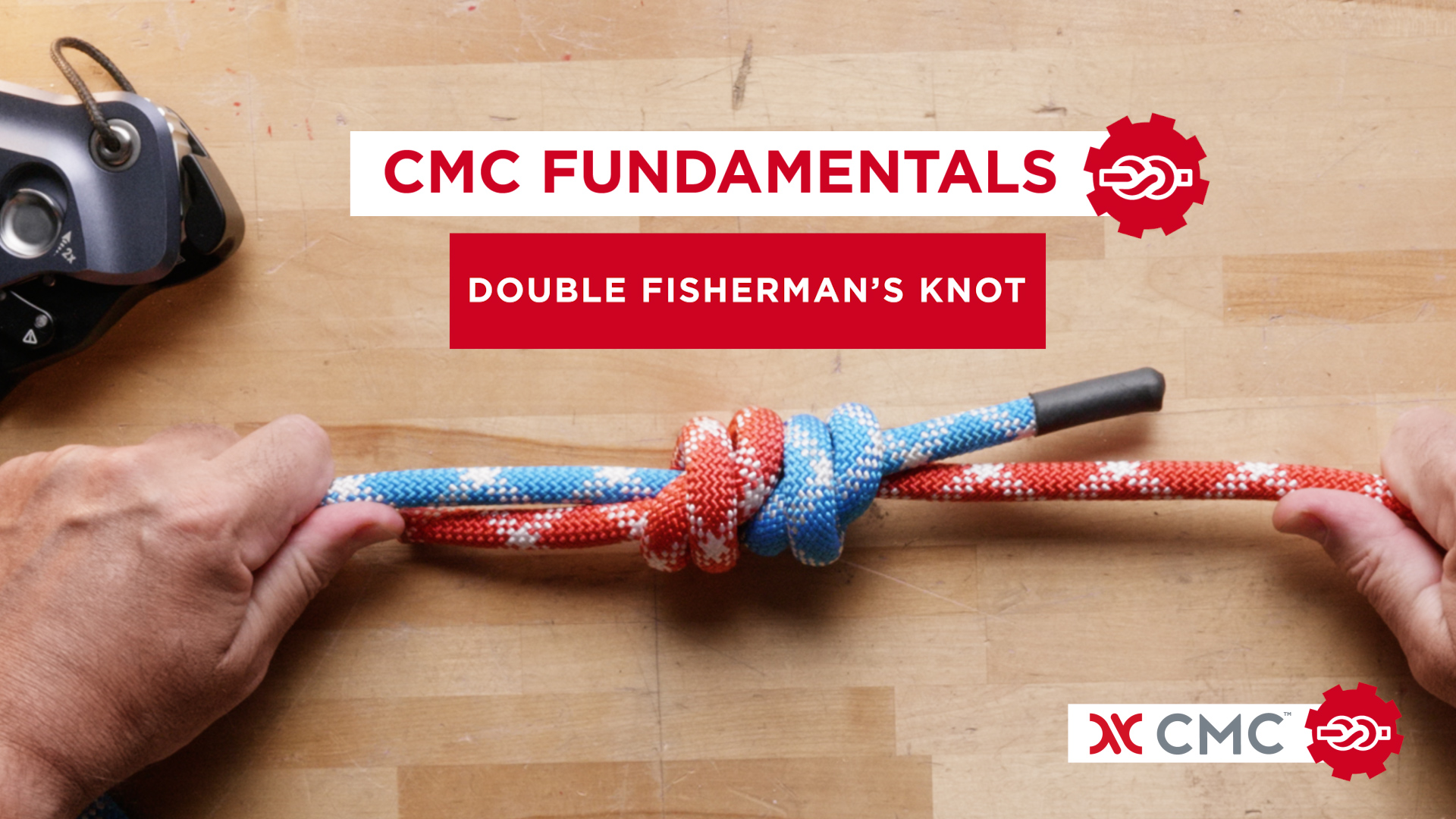Ask An Instructor #1
Kicking off our “Ask an Instructor” video series, CMC Instructor, Craig McClure, responds to questions from @Irishsully02, @gabrielarcee, @mazzacato, and Patrick Orlando. Join us in the coming months for more Ask an Instructor videos.
Having a technical question? Submit it in the form below:
Question: From @IrishSully02, “How do you get the resources and fundings to start a team?”
Craig McClure: So I’d start this off with the question of why do you want to start a team, and first, make sure there isn’t a team near the area already doing it. You want to do and recognize that well that team may not be perfect and might be flawed whatever you start will also not be perfect and will be flawed. So before you put a bunch of work into doing something new see if it’s palatable to join an already existing movement. And after that, funding and resources, I would start with whatever your Authority having jurisdiction is. If you would respond under sheriff’s office or a fire department or the county start with the county or whoever it is and see how they can help you and after that you’re just gonna have to go grind it’s pretty common in the industry for people to call around and ask for special deals and pro deals and great pricing on stuff, if you’re trying to get started, just remember that every one of the suppliers are calling generally only supplies to professionals. So what you see is generally what you get. Maybe sometimes a little bit of help but it’s not going to be cheap and it’s going to take a lot of work so first advice try to join something that already exists.
Question: @Gabrielrcee, “How do I start search and rescue what is required besides IRATA?”
Craig McClure: So let’s unpack this one in two sections and take the second part first. IRATA is an international rope access certification and may not be directly applicable to rescue and in the US. You probably can equate that IRATA to Sprat so first recognizes the difference between uh industrial work and Industrial rescue and search and rescue. So how do you get started? Find a team, spend some time and show up and listen and just learn as much as you can and then come in and offer whatever skills you have. Just remember that you’re you’re joining an already existing movement and they’re going to have the way they do it and you want to learn why they do what they do before you decide that you want to change how they do it. Recognize that it’s more than just rope work when you want to get into search and rescue you’re going to have to learn the full gamut of what’s required to do that job so you’re going to learn navigation, first aid, maybe some Advanced Medical patient packaging, whatever your terrain is how to move in that terrain, uh maybe some wilderness survival stuff. There’s going to be more than just the rescue skills you bring in, so how do you start? Do your research, ask around, find a team you like, plug yourself in.
Question: @Mazzacato, “What’s the best advice you’d give a new level two?”
Craig McClure: to I’m guessing by level two you mean either IRATA or Sprat and since I am neither I used the phone a friend option on this one. I called Kelly Byrne and art Maceo both CMC guys who are both really experienced long-standing good level threes and I got their advice and without hesitation they both said the same thing which is go out and work get as many different influences you can in different Industries on different jobs and learn more than just the skill set in the frame of reference you initially learned. So if you learned from a company that does mostly facade inspection go to a tower company, go to a company that does Bridge inspection, go to a company that does turnarounds, go get different influences and you’ll learn a bunch from that. And the second piece was really get good fundamentals and practice your basics because you are now the person, or will soon be the person, that other people look up to and emulate so make sure they’re emulating the right stuff.
Question: Patrick Orlando, “Where do the recommended lengths of tail come from such as six inches for rope knots and three inches for webbing? Does this stem from tests that have been performed on tails slipping through knots or is this simply professional opinion? To expand on that I understand that the CMC app states that the tail lengths quote should be a specific length what specific length would you consider an absolute minimum?
Craig McClure: Patrick great question uh when I did the research into CMC I learned some great things.First, yes there’s some testing years ago John Mckenley and Bruce Parker, who both have been school directors over the years, did some testing on figure eights and not tail length and they found that about that six inch mark proves safe and I’m going to come back to that why in a second. Webbing knots we relied on testing from Tom Moyer who did a lot of testing on water knots using webbing and he came up with kind of the two to three inch range so we looked at this and recognized that the best thing to do would be tell people always tie good knots, always dress them well, and always set them well before you load them. But that doesn’t always happen so we needed some sort of easily referenced field baseline and the human hand works really well for that and generally the width of the human hand across from the lateral side to the medial side, so thumb to thumb to pinky across, is about three to four inches on most people and that was a good marker for the webbing anchors. And for the webbing knots, the length from the base of your palm to the tip your middle finger depending on who you are is somewhere around six inches plus. So that met the mark against that testing. I then did a little bit more research and looked at some of the testing Richard Delaney has done and he did some testing also on figure eights and his recommendation came down to 100 centimeters. And because we’re in the US and we’re going to talk in inches not centimeters that equates to about four inches and he also recognized the knot should be properly tied, properly dressed, properly set, and then the tail slip is just minimal but there needs to be some tail to prevent slippage through especially on perhaps a maybe not perfectly tied knot and we needed some sort of field Baseline easily referenced so we picked those numbers what’s the absolute minimum. That’s a tough one to answer, the cheeky answer is enough that when it loads it doesn’t slip back through the knot but that’s not fair to say out loud but I just did so we’re gonna stick with that three inches for webbing and six inches for a rope knot and call it good.

